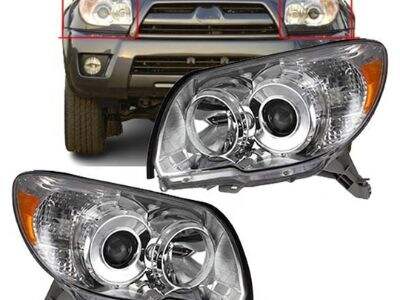Low beam headlights are extremely crucial for any vehicle. They make it easier for drivers to see the road, particularly when it is dark or foggy. Do you realize that there are rules that headlights must follow to ensure safety and work effectively? Enter ECE and SAE standards.
What is the difference between ECE and SAE Standards?
ECE stands for the Economic Commission for Europe. They write regulations for car parts, such as headlights. SAE is the Society of Automotive Engineers, which also regulates car parts. Companies that want to ensure the safety and performance of the headlights they sell should comply with guidelines from both ECE and SAE.
Why are ECE and SAE Regulations necessary?
By adhering to ECE and SAE standards, companies can be more sure that their headlights really do function properly and are reliable for use on the road. These rules have one formality in common, namely, how the light shines, how bright it is, and how strong it is. In these headlights, drivers will be able to see and be seen clearly when using them.
High Beam Vs. Low Beam Headlights: How Are Companies Making Low Beams?
To pass ECE and SAE, companies very carefully design their headlights. Headlights, for instance, need to emit light in a way that doesn’t blind other drivers. They also must be bright enough to help drivers see without endangering themselves. And, headlights should be robust and capable of handling various weather challenges.
Advantages of ECE and SAE Lights
There are many advantages to using ECE and SAE lights. Drivers can drive at ease as their lights are dependable. The headlamps also contribute to making drivers see better, which can prevent an accident. And also, ECE and SAE compliant headlights often last longer and require less maintenance, to help you save time and money.
Following ECE and SAE Rules
For companies, abiding by the standards put forth by ECE and SAE can be a bit tricky. They have to ensure their headlamps comply with all the applicable rules before selling them. This, of course, has to be carefully tested to confirm they are safe. But by reaching these standards, companies are able to produce headlights that are safe and useful for drivers.
Conclusion
Finally, the halogen headlamp Ece and Sae approved are very crucial to guarantee that these low beam headlights are safe and efficient. Adhering to them, companies can make headlights that give drivers an unobstructed view and resist failure. Saivis is building headlamps which comply with ECE and SAE standards for drivers to be reliable with their products. So next time you're on the road, think about the importance of ECE R112 and SAE compliance when it comes to low beam headlights.

 EN
EN
 AR
AR NL
NL FI
FI FR
FR DE
DE IT
IT JA
JA KO
KO PL
PL RU
RU ES
ES LT
LT UK
UK VI
VI HY
HY AZ
AZ KA
KA